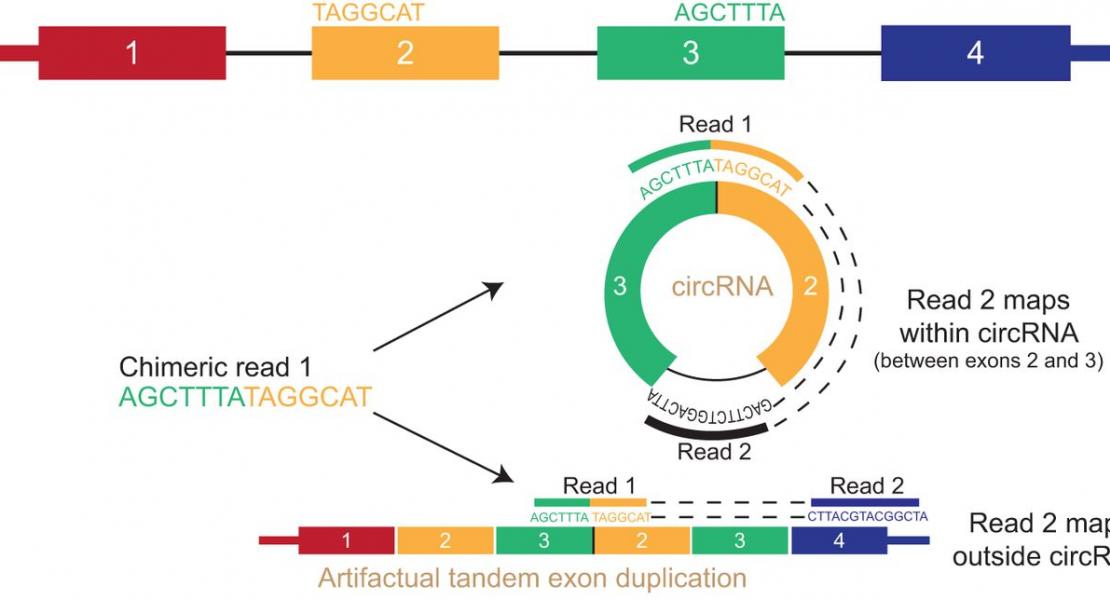Long non-coding RNA HOTAIR reprograms chromatin state to promote cancer metastasis

Abstract
Large intervening non-coding RNAs (lincRNAs) are pervasively transcribed in the genome1–3 yet their potential involvement in human disease is not well understood4,5. Recent studies of dosage compensation, imprinting, and homeotic gene expression suggest that individual lincRNAs can function as the interface between DNA and specific chromatin remodelling activities6–8. Here we show that lincRNAs in the HOX loci become systematically dysregulated during breast cancer progression. The lincRNA termed HOTAIR is increased in expression in primary breast tumours and metastases, and HOTAIR expression level in primary tumours is a powerful predictor of eventual metastasis and death. Enforced expression of HOTAIR in epithelial cancer cells induced genome-wide re-targeting of Polycomb repressive complex 2 (PRC2) to an occupancy pattern more resembling embryonic fibroblasts, leading to altered histone H3 lysine 27 methylation, gene expression, and increased cancer invasiveness and metastasis in a manner dependent on PRC2. Conversely, loss of HOTAIR can inhibit cancer invasiveness, particularly in cells that possess excessive PRC2 activity. These findings indicate that lincRNAs have active roles in modulating the cancer epigenome and may be important targets for cancer diagnosis and therapy.
